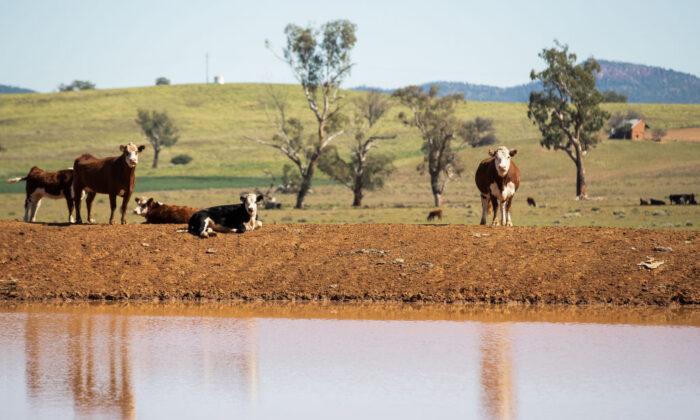Australian farmland values rose for the ninth consecutive year in 2022 due to strong demand and robust performance of the agriculture sector.
In contrast, the average price of residential dwellings dropped 5.3 percent across the country, highlighting the different natures and drivers of the agricultural and residential property markets.
Compared to nine years ago, farmland prices soared by 167 percent at a compound annual growth rate of 11.5 percent.
While farmland values increased significantly in 2022, fewer farmers put their land on sale, causing the total number of transactions to plunge by 34 percent to 6,588.
Around 8.8 million hectares of agricultural land were traded during the year, with a combined value of $11.7 billion.
Substantial Price Growth in All States and Territories
The report indicated that 2022 was the first time in almost three decades that all states and territories saw growth of over 15 percent.Tasmania recorded some of the largest price hikes as farmers had to pay 55 percent more for each hectare of land on average compared to the previous year.
Rural Bank believed this was due to a substantial decline in sales and a greater proportion of smaller transactions in the state.
“I think what we had found with Tasmania is that it was coming off a lower base historically,” Smith said.
While farmland prices in Victoria, South Australia and Western Australia climbed by over 20 percent, the Northern Territory reported a 108 percent growth.
However, Smith said the overly high figure was likely to be skewed because of the small number of transactions in the state.

Despite a 19 percent increase in land prices, Queensland recorded the largest amount of land bought and sold among the jurisdictions (2,497,556 hectares).
Smith noted that farming families were behind the buying spree in Queensland.
What Drove Farmland Values Higher in 2022
One major driver of land prices in 2022 was high agricultural commodity prices, which fueled strong demand for farmland.The Rural Bank’s Commodity Price Index, which measures the prices of key commodities, rose 11.5 percent in 2022. And compared to January 2020, the index surged by 52 percent.
The war in Ukraine caused crop prices to hike considerably, while livestock prices steadily eased and wool prices recorded some small gains.
However, the growth of commodity prices had reached its peak and began to soften in early 2023.
Favourable seasonal conditions also contributed to the high demand for farmland as wet conditions continued in many agricultural regions, lifting production in those areas.
La Nina events caused 2022 to be the ninth-wettest year on record and the wettest of the last three years.
Furthermore, the growth of farmland values was heavily influenced by the rapid increase in interest rates.
Since May 2022, the Reserve Bank of Australia has embarked on an aggressive monetary tightening cycle, taking the official cash rate from the historic low of 0.1 percent to the current 3.85 percent.
However, as interest rates went up further, it also dampened the demand for farmland as some buyers withdrew from the market.
Regarding the 2023 outlook, Rural Bank expected price growth to slow down in the next 12 months as it predicted less favourable conditions and more headwinds in the agriculture sector.
“The likelihood of lower farm incomes in 2023 has the potential to cause prospective buyers to reassess their purchasing intentions and consequently lead to a shallower pool of buyers,” the report stated.





